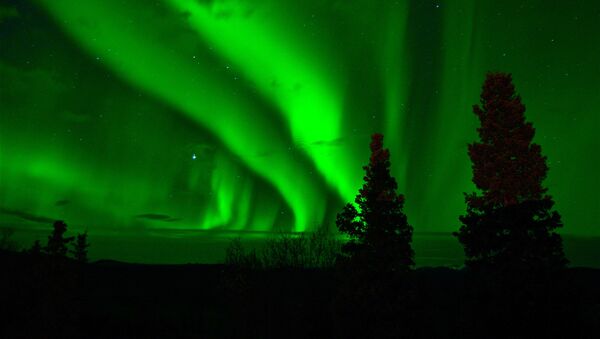NASA intern Jennifer Briggs, studying physics at Pepperdine University, has discovered a new type of polar lights, or auroras, that was caused solely by a crunch in the Earth’s magnetic field. The physicist noticed an anomaly when studying footage filmed from an island in Norway three years ago and satellite data with the help of NASA scientists, The Business Insider reports.
This aurora borealis did not have energised particles from the sun dance colliding with atmospheric gases thereby producing the magic-looking lights, like other phenomena of the kind. When it was spotted, the sun was not showing any heightened activity, for example, eruptions. This made them conclude that the lights were caused by a mysterious compression of the Earth’s magnetic field, shrinking suddenly and rapidly.
"The really fascinating thing is that nothing came from the sun to smash into it”, Briggs noted.
What prompted this “massive, but localised compression”, which looked like something punched the magnetic field, is unclear. The edge of the bubble rushed towards the Earth by about 25,000 kilometres, taking just 1 minute and 45 seconds.
"This motion is something that we've never seen before. This eastward and then westward and then spiralling motion is not something that we've ever seen, not something we currently understand", Briggs said.


